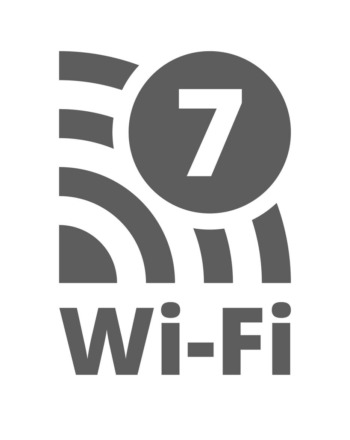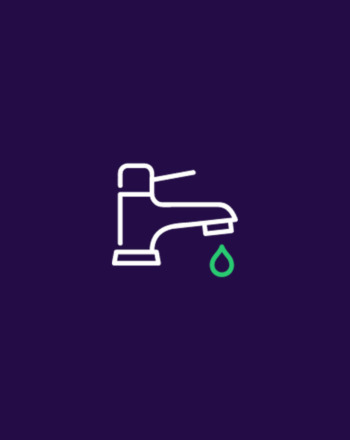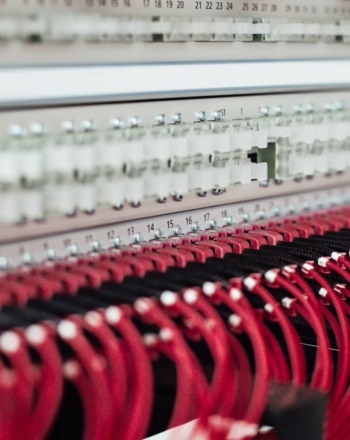We often take our internet connections for granted, but what do you do when you feel they’re underdelivering?
While average broadband speeds have increased dramatically in the last decade or so, there’s still a great deal of regional and international variation from place to place and country to country.
The best way to gauge how good your connection is is by testing it.
Read on as to learn more about the process of testing your broadband speed and interpreting the results.
Broadband Speed Testing Tools
There are plenty of tools designed to measure the performance of your internet connection.
Some of the most reliable and widely used broadband speed testing tools are Speedtest, Fast.com and Google’s speed test.
They’re easy to use – simply load them up and press ‘go’. Before you test, it’s best to close all unnecessary applications on your computer.
Disconnect any other devices from your network that might consume internet bandwidth. This will help provide more accurate results.
Once your results come through (which typically takes just a few seconds), the download speed illustrates how quickly data can be transferred from the internet to your device. This is the most important result for most people.
Upload speed instead shows how efficiently you can send data from your device to the internet. It’s important for HD video calls, gaming and uploading large files.
Here are three things to consider before you give it a go yourself:
- To maximise the accuracy of your test, consider running multiple tests at different times of the day.
- Take note of any significant variations in speed, as this could indicate network instability.
- Use the results to determine if you need to upgrade your internet plan or troubleshoot any issues with your connection.
What Is A Good Broadband Speed Test Result
Determining a “good” broadband speed largely depends on your specific internet usage requirements. Average speeds have rocketed in recent years, and the average in the UK as of 2023 is almost 70 Mbps for fibre and 10 to 12 Mbps for standard broadband.
As a rule of thumb:
- For web browsing, checking email, social media, and so on, a download speed of around 10 Mbps is typically sufficient.
- Aim for at least 15 to 25 Mbps download speed for streaming HD video content. You may need more if multiple people use your internet simultaneously.
- If you’re streaming in 4K resolution or are an avid online gamer, you’ll need even more bandwidth – around 40 Mbps or higher is recommended.
Don’t forget upload speeds, however. There is more variation in upload speeds than download speeds, and it’s possible to have excellent download speeds and poor upload speeds.
For video calls, live streaming and uploading large files, 3 to 6 Mbps or higher upload speed is generally considered reasonable.
The closer your upload speed is to your download speed, the better.
- A good broadband connection should also offer low latency, providing a more responsive internet experience, especially for gaming and video calls.
- Consider the number of devices connected to your network when determining what constitutes a good speed, as more devices require more bandwidth.
- Keep in mind that advertised speeds from your internet service provider represent the maximum capability of your connection, not necessarily the average speed you will experience.
Which Broadband Speed Test Is Best?
Selecting the optimal broadband speed test requires considering your specific needs and the device you're running the test.
Speedtest by Ookla is one of the most well-known tools, offering extensive details about your internet connection's performance. It measures download and upload speeds, ping, and jitter, thoroughly analysing your network's capabilities. It also compares your score to regional and international averages.
Fast.com, backed by Netflix, offers a simple interface and focuses primarily on measuring your download speed.
How Fast Does My Broadband Need To Be?
Broadband requirements depend on what you use your internet for. Individuals or small households might find that speeds ranging from 25-50 Mbps are sufficient.
However, larger households or those with high internet usage should aim for speeds of 75 to 100 Mbps or higher.
Moreover, if you use data-heavy workflows for work, e.g., video conferencing, media editing, etc., you might want more bandwidth to prevent any possible issues.
Gamers will likely want the best connections possible, 100 Mbps+, with low latency to minimise lag.
Finally, for those in large homes with multiple devices and IoT sensors, etc, connections offering speeds of 200 Mbps or higher would benefit. This provides ample bandwidth to support simultaneous high-bandwidth activities across multiple devices, ensuring a smooth and reliable internet experience.
Discover Glide's Speedy Full Fibre Solutions
Testing your broadband connection will give you some insight into how well your current connection serves your needs.
If you’re looking to equip yourself with a super-fast and reliable internet connection, Glide’s full fibre broadband solutions deliver superb performance.
We offer a comprehensive range of broadband services that take advantage of cutting-edge tools and technologies.
So, whether you are a gamer, a remote worker, or simply looking for a speedy and dependable internet connection, Glide has got you covered.





































































































